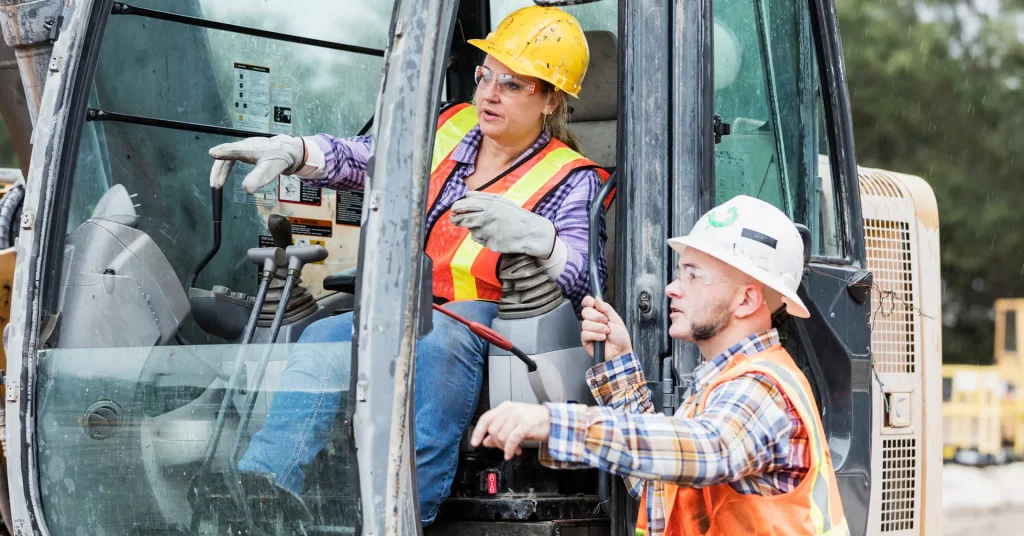In the rapidly evolving landscape of occupational health and safety, mobile apps have become indispensable tools for enhancing chemical exposure monitoring. With the rise of mobile technology, healthcare EHS compliance tools have advanced from traditional paper-based and manual methods to sophisticated digital platforms that improve accuracy, efficiency, and accessibility. Mobile apps designed specifically for chemical exposure monitoring offer real-time data collection, streamlined reporting, and improved regulatory compliance, all accessible right from a smartphone or tablet.
The Growing Importance of Chemical Exposure Monitoring in the Mobile Era
Chemical exposure monitoring is vital in many industries, from manufacturing to healthcare, where workers face potential risks from hazardous substances. The ability to monitor chemical exposure effectively protects employee health and helps organizations meet strict regulatory requirements. Mobile apps have transformed how chemical exposure monitoring is conducted by providing on-the-go solutions that reduce delays in data collection and decision-making.
Healthcare EHS compliance tools integrated into mobile apps allow safety professionals to capture exposure data instantly at the source, rather than relying on later manual entry. This immediacy reduces errors, ensures data integrity, and accelerates the response to potential overexposures. With mobile chemical exposure monitoring apps, organizations can maintain higher standards of workplace safety while making compliance more manageable.
Features That Enhance Chemical Exposure Monitoring through Mobile Apps
Mobile apps for chemical exposure monitoring incorporate a range of features designed to simplify the complex task of tracking hazardous substances. These apps often include capabilities such as real-time air quality measurements, digital checklists, automated alerts for exposure limits, and seamless data synchronization with healthcare EHS compliance tools platforms.
Such functionalities empower frontline workers and safety managers to conduct comprehensive monitoring with minimal training. For instance, mobile apps may connect wirelessly to portable sensors that detect toxic gases or chemical vapors, feeding continuous data directly into the app interface. This integration ensures that chemical exposure monitoring is not only thorough but also proactive, enabling immediate action when exposure thresholds are approached or exceeded.
Integration of Mobile Apps with Healthcare EHS Compliance Tools
The true power of mobile apps for chemical exposure monitoring is realized when they are integrated with broader healthcare EHS compliance tools systems. These platforms provide a centralized hub for analyzing exposure data, generating compliance reports, and managing corrective actions. By linking mobile data collection with cloud-based compliance tools, organizations can maintain an accurate and up-to-date record of all monitoring activities.

This integration helps streamline audits and regulatory inspections, as compliance teams can quickly access detailed exposure histories and demonstrate adherence to safety standards. Mobile apps facilitate the continuous updating of healthcare EHS compliance tools databases, ensuring that exposure data remains current and actionable. Consequently, mobile chemical exposure monitoring becomes an essential part of a comprehensive occupational safety strategy.
Overcoming Challenges in Mobile Chemical Exposure Monitoring
Despite the clear benefits, implementing mobile apps for chemical exposure monitoring presents certain challenges. Ensuring that all employees have access to compatible devices and reliable internet connectivity is critical. Additionally, the security of sensitive exposure data must be prioritized, especially when transmitted over mobile networks.
Training employees to use these mobile healthcare EHS compliance tools effectively is another vital factor. Without proper understanding, users may misinterpret data or fail to follow necessary procedures, potentially compromising the monitoring program’s integrity. Organizations must invest in ongoing education and support to maximize the potential of mobile chemical exposure monitoring apps.
The Role of Mobile Apps in Enhancing Worker Safety and Compliance
Mobile apps empower workers to take an active role in chemical exposure monitoring, fostering a safety culture that emphasizes personal responsibility and awareness. When employees can easily report exposure incidents or unsafe conditions through an app, organizations benefit from timely information that helps prevent accidents and illnesses.
Healthcare EHS compliance tools embedded within these apps provide automated guidance based on exposure data, helping workers and supervisors implement appropriate controls promptly. This proactive approach reduces the likelihood of overexposure and strengthens compliance with occupational health regulations.
Future Trends in Mobile Chemical Exposure Monitoring
Looking ahead, mobile apps for chemical exposure monitoring will continue to evolve alongside technological advancements. The integration of artificial intelligence and machine learning into healthcare EHS compliance tools will enable predictive analytics, identifying potential chemical exposure risks before they occur.
Wearable devices connected to mobile apps will provide continuous, personalized monitoring, further enhancing worker protection. These innovations will make chemical exposure monitoring more precise, user-friendly, and responsive, ultimately supporting safer workplaces across industries.
Conclusion: Embracing Mobile Apps for Effective Chemical Exposure Monitoring
Mobile apps represent a significant advancement in the field of chemical exposure monitoring. By leveraging healthcare EHS compliance tools through mobile platforms, organizations can improve the accuracy, timeliness, and effectiveness of their exposure tracking efforts. These apps help bridge the gap between frontline workers and safety management, ensuring real-time data collection and swift response to potential hazards.
As organizations increasingly adopt mobile technology for chemical exposure monitoring, they enhance both worker safety and regulatory compliance. Investing in these digital healthcare EHS compliance tools is essential for any organization seeking to maintain a safe, healthy work environment in today’s fast-paced, technology-driven world.
